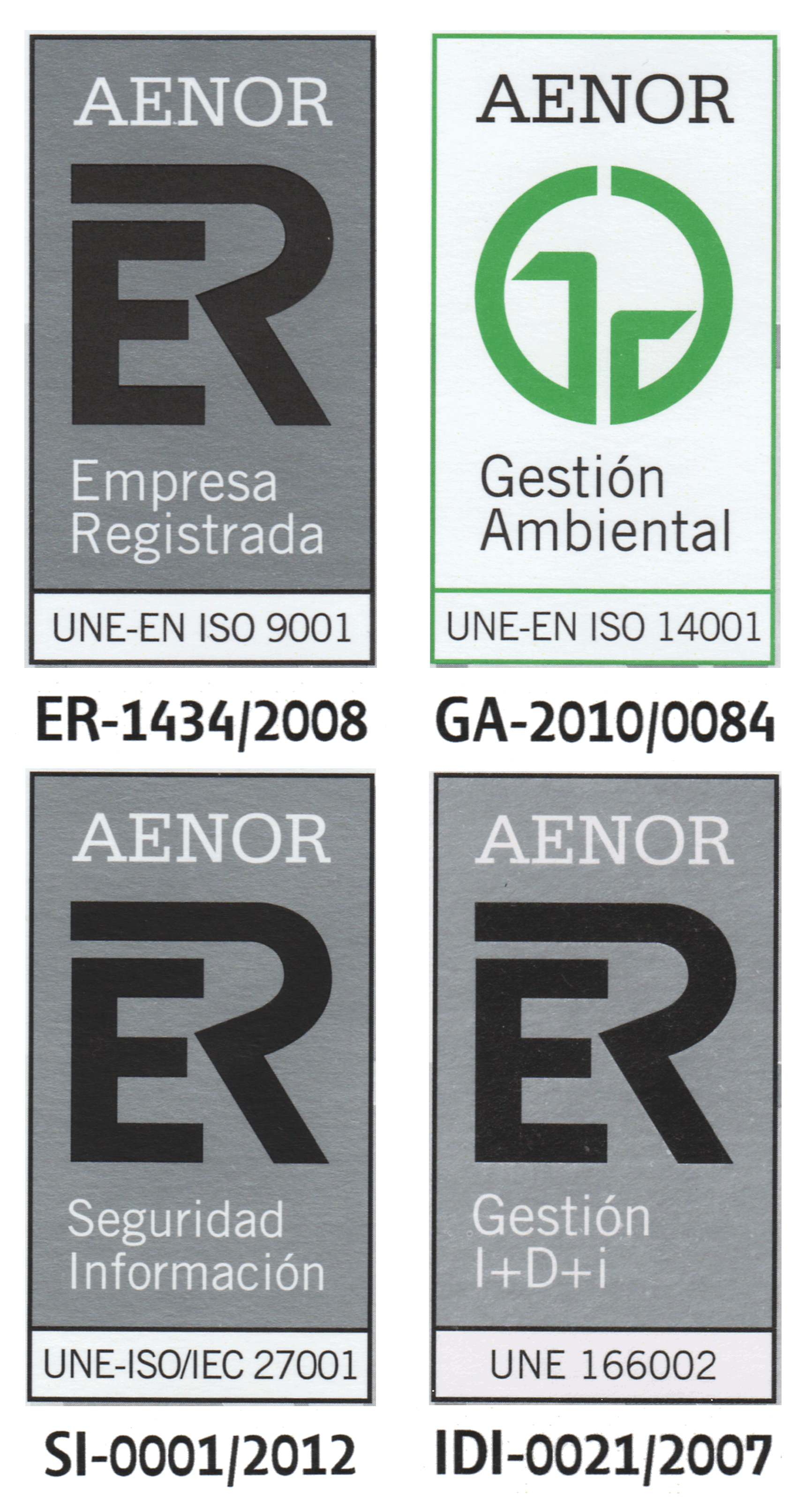A guide to membrane computing
| Title | A guide to membrane computing |
| Publication Type | Journal Papers |
| Year of Publication | 2002 |
| Authors | Paun, G., & Rozenberg G. |
| Journal Title | Theoretical Computer Science |
| Publisher | Elsevier |
| Place Published | Amsterdam (The Netherlands) |
| Volume | 287 |
| Pages | 73 - 100 |
| Abstract | Membrane systems are models of computation which are inspired by some basic features of biological membranes. In a membrane system multisets of objects are placed in the compartments defined by the membrane structure, and the objects evolve by means of "reaction rules" also associated with the compartments, and applied in a maximally parallel, nondeterministic manner. The objects can pass through membranes, the membranes can change their permeability, they can dissolve, and they can divide. These features are used in defining transitions between configurations of the system, and sequences of transitions are used to define computations. In the case of symbol-objects, we compute a set of numbers, and in the case of string-objects we compute a set of strings, hence a language. Many different classes of such computing devices (now called P systems) have already been investigated. Most of them are computationally universal, i.e., equal in power to Turing machines. Systems with an enhanced parallelism are able to trade space for time and solve in this way (at least in principle), by making use of an exponential space, intractable problems in a feasible time.The present paper presents the basic ideas of computing with membranes and some fundamental properties (mostly concerning the computational power and efficiency) of P systems of various types. |
| Keywords | chomsky hierarchy, Membrane computing, Natural computing, NP-complete problems, Turing computability |
| Issue | 1 |
| ISSN Number | 0304-3975 |
| DOI | 10.1016/S0304-3975(02)00136-6 |



